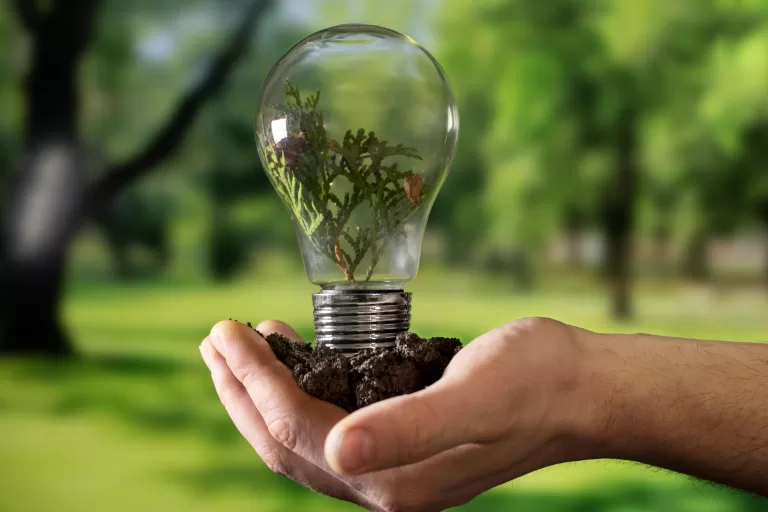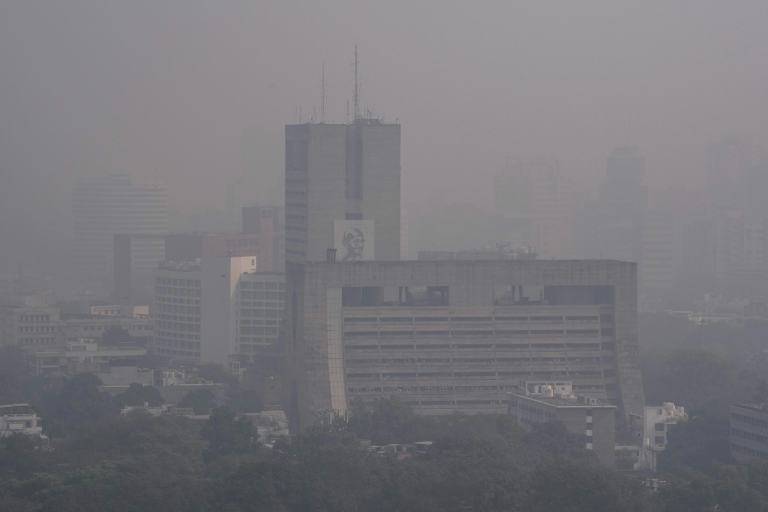As the world grapples with the devastating consequences of climate change, one of the lesser-known impacts is the growing connection between melting glaciers and volcanic eruptions. A surprising consequence of global warming, the retreat of glaciers is not just contributing to rising sea levels and environmental degradation, but it is also playing a role in triggering volcanic activity, with far-reaching implications for both volcanic hazard prediction and disaster management.
The Mechanism Behind the Link
Glaciers, massive sheets of ice that cover vast regions, exert tremendous pressure on the Earth’s crust. This pressure can act as a stabilizing force, holding magma chambers below in check. However, when glaciers begin to melt due to higher temperatures, this pressure is released, causing changes in the underlying crust. This phenomenon, known as glacial unloading, has been identified as one of the potential causes of increased volcanic activity in regions with active volcanoes.
When glaciers melt, the weight pressing down on the Earth’s crust diminishes, allowing the crust to “bounce back” or undergo isostatic rebound. This release of pressure can trigger volcanic eruptions by providing magma with a clearer path to the surface, especially in volcanically active regions.
Ice-Melt and Magma Pathways
The process doesn’t end with pressure release. Melting glaciers often produce vast amounts of meltwater, which can seep into cracks and fissures in the Earth’s crust. This water can lubricate fault lines or fractures, facilitating the movement of magma toward the surface. As a result, volcanoes that may have been dormant for centuries could potentially become active or experience enhanced eruption frequency.
The situation is further complicated by the fact that many of the world’s most active volcanoes are located beneath glaciers. These include volcanoes in Iceland, Alaska, and the Pacific Northwest, all of which have seen significant glacier retreat due to warming temperatures.
Areas of Concern: Volcanic Hotspots
Several regions are particularly vulnerable to the effects of glacial melt on volcanic activity:
1. Iceland
Iceland is a prime example of a volcanic region where glaciers and volcanoes are intricately linked. The island is home to many volcanoes that sit under glaciers, such as Eyjafjallajökull and Grimsvötn. The melting of these glaciers could increase the likelihood of eruptions, as seen with the explosive eruption of Eyjafjallajökull in 2010, which disrupted air traffic across Europe.
2. Alaska
Alaska’s volcanic activity is concentrated in its Aleutian Islands, where the presence of glaciers over volcanoes is not uncommon. The ongoing retreat of these glaciers raises concerns about potential eruptions in places like Mount Redoubt and Mount Pavlof, which have erupted in recent decades.
3. Cascades
In the U.S. Pacific Northwest, the Cascades Volcanic Arc includes several glaciers-covered volcanoes such as Mount St. Helens and Mount Rainier. The melting of glaciers in this region could heighten the potential for volcanic eruptions, making monitoring and preparedness efforts all the more crucial.
4. The Andes
The Andes mountain range in South America also hosts numerous glaciers above active volcanoes, including Mount Villarrica and Mount Llaima. As glaciers continue to shrink, these volcanoes may become more active, posing risks to nearby communities.
Historical Evidence and Future Concerns
There is growing evidence that the retreat of glaciers in volcanic regions has historically coincided with increased volcanic activity. For example, Mount St. Helens in Washington, USA, erupted in 1980 after the surrounding glaciers had melted significantly. Similarly, Mount Grimsvötn in Iceland, which is located beneath the Vatnajökull Glacier, has experienced periodic eruptions that some scientists attribute to the glacier’s retreat.
While the connection between glacial melt and volcanic eruptions is still being studied, researchers believe that understanding this relationship is vital for predicting volcanic behavior in the future. It is becoming increasingly clear that as the planet continues to warm, the interactions between glaciers and volcanic activity could become a significant factor in the frequency and intensity of eruptions.
Implications for Disaster Preparedness
As scientists learn more about the effects of glacial melting on volcanic activity, there is a growing need to incorporate this dynamic into volcanic hazard forecasting. Traditional models of volcanic eruptions often focus on tectonic activity and seismic signals, but the additional factor of glacier retreat must now be considered as a possible trigger for eruptions.
Governments and disaster management agencies in volcanic regions must update their emergency protocols to account for the new risks posed by melting glaciers. Enhanced monitoring systems, including the tracking of glacier melt rates, groundwater changes, and seismic activity, will be crucial for providing timely warnings to communities that live near active volcanoes.
A New Threat on the Horizon
The melting of glaciers, while often discussed in the context of rising sea levels and ecosystem disruption, also has profound implications for volcanic activity. The link between glacier retreat and volcanic eruptions is becoming more apparent as climate change accelerates, leading to increased pressure on regions with active volcanoes. For the communities that live near these volcanoes, the risks of volcanic eruptions may be higher than anticipated, making early detection and preparedness more important than ever.
As the climate crisis continues to unfold, understanding and mitigating the compounded effects of melting glaciers and volcanic activity will be a critical task for scientists, governments, and local communities worldwide.


